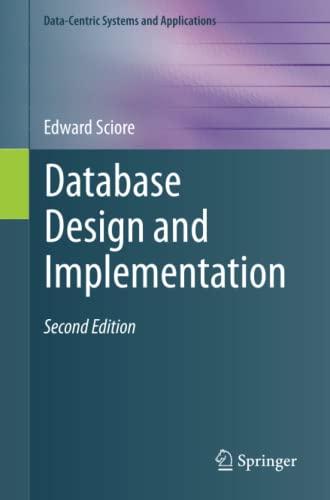Question
Cisco switch ports that are configured as trunk ports can allow the transit of traffic that belongs to different Virtual Local Area Networks (VLANs). For
Cisco switch ports that are configured as trunk ports can allow the transit of traffic that belongs to different Virtual Local Area Networks (VLANs). For example, a trunk link might allow all VLANs to transit (the default), or it might be made more restrictive by only allowing a select few VLANs (a process known as 'VLAN pruning'). In order to ensure the orderly transmission of frames from different VLANs, trunk links need to use some sort of encapsulation. The two (2) choices on Cisco switching platforms are Inter-Switch Link (ISL) and the IEEE 802.1Q. ISL, which is Cisco proprietary, has certainly seen a lack of adoption to the point that Cisco, in newer IOS releases like IOS-XE, no longer offers ISL as a choice and defaults to the only available trunking encapsulation, 802.1Q (or 'dot1Q' as it is commonly referred to). In this post you should compare and contrast Cisco's ISL with the IEEE 802.1Q focusing on the differences in their approach to encapsulation in addition to postulating on why ISL has become a legacy encapsulation method giving way to 802.1Q as the dominant encapsulation method for trunk links.
Post Requirements: Your post must use at least two (2) sources of information
Step by Step Solution
There are 3 Steps involved in it
Step: 1

Get Instant Access to Expert-Tailored Solutions
See step-by-step solutions with expert insights and AI powered tools for academic success
Step: 2

Step: 3

Ace Your Homework with AI
Get the answers you need in no time with our AI-driven, step-by-step assistance
Get Started


